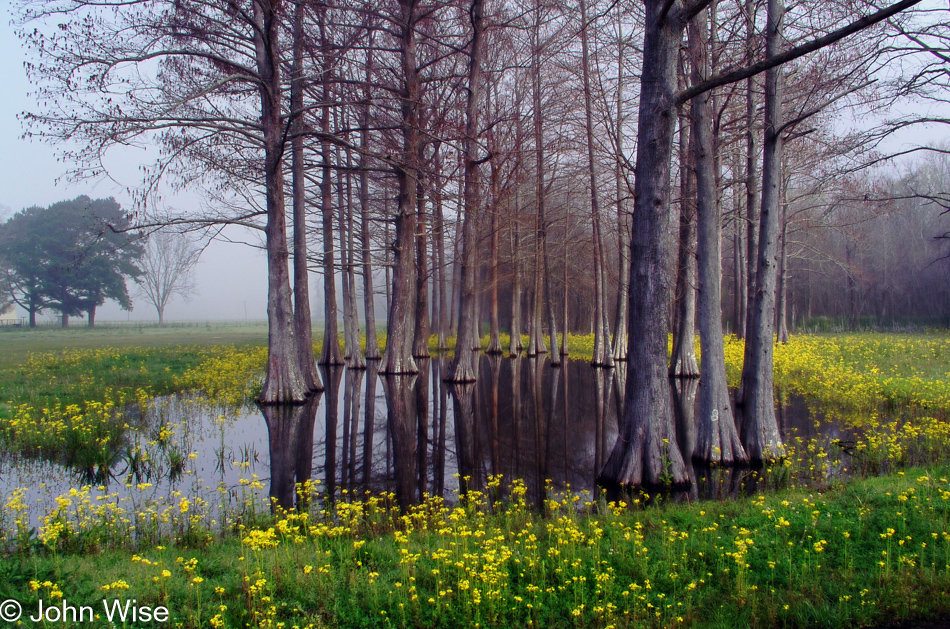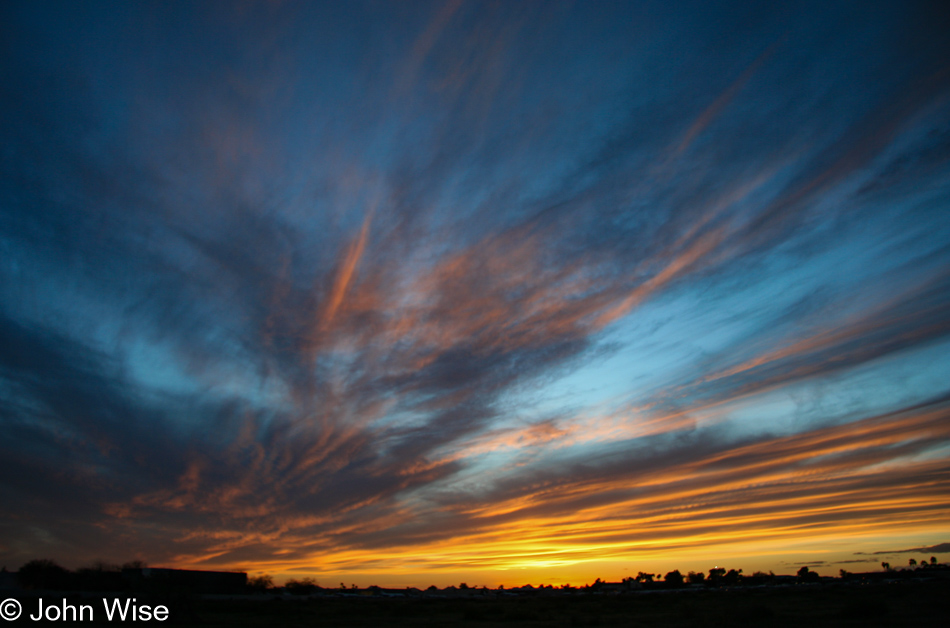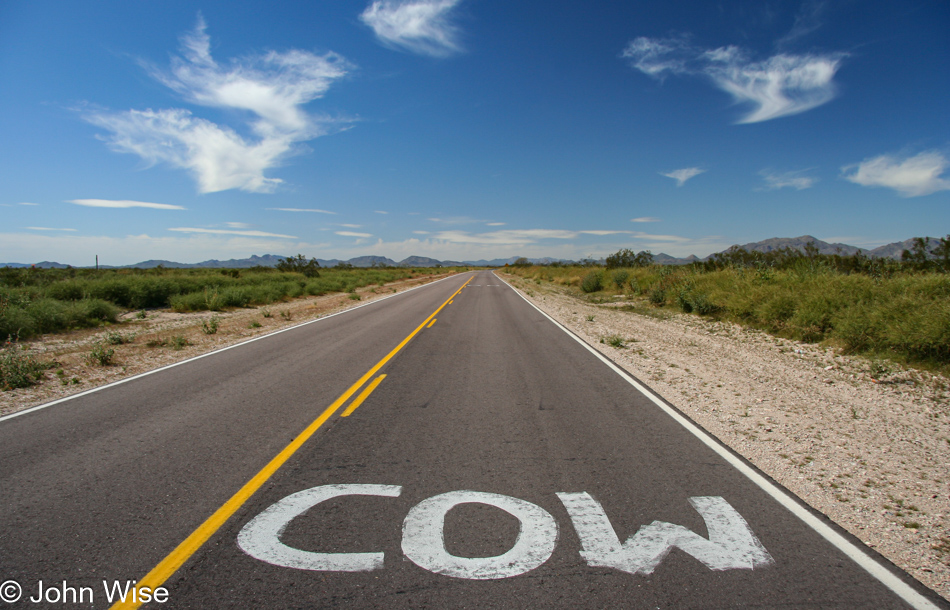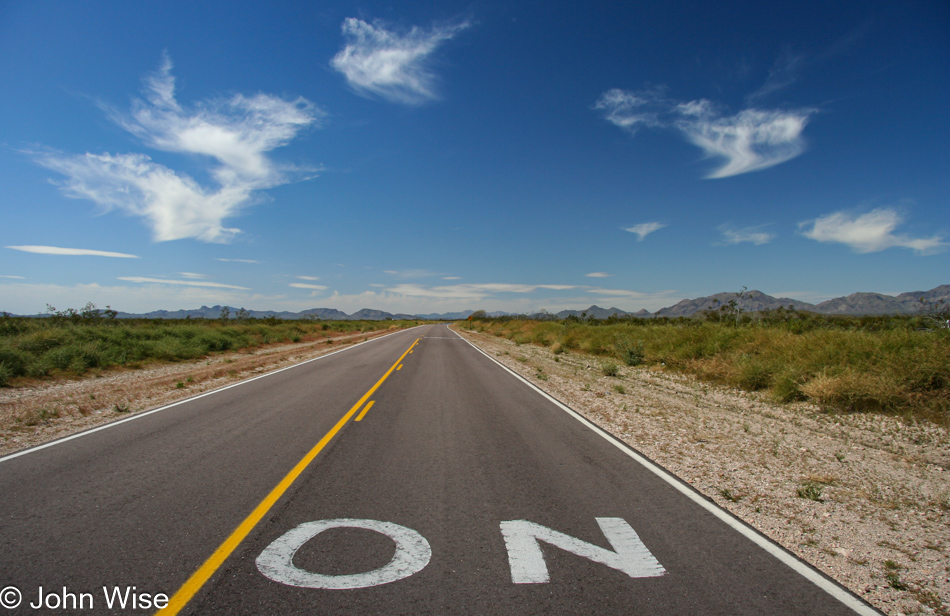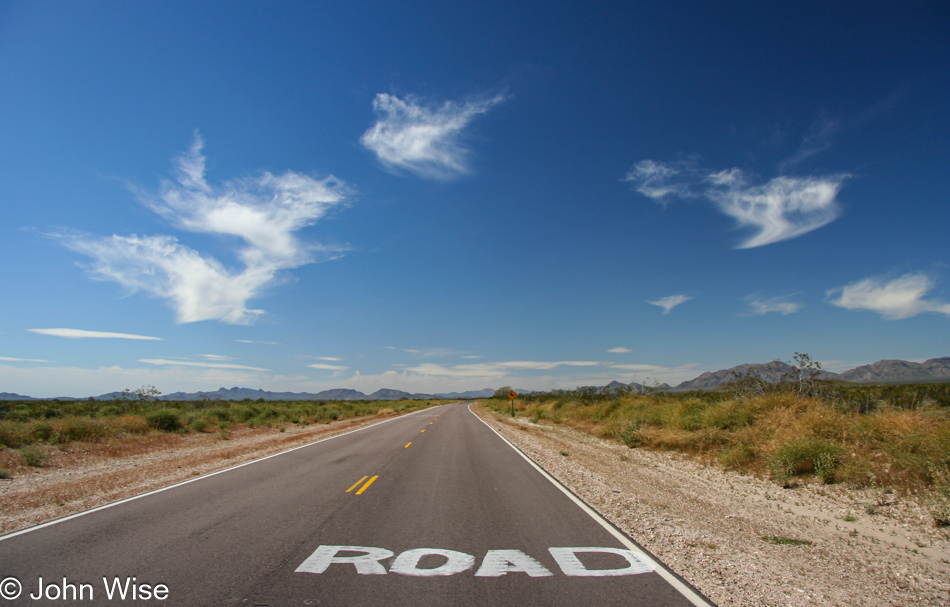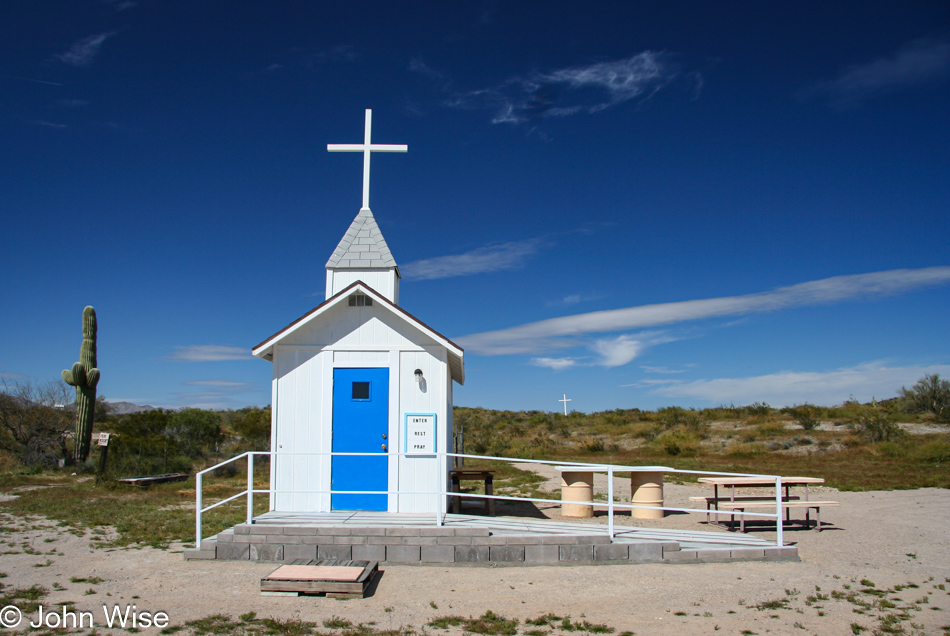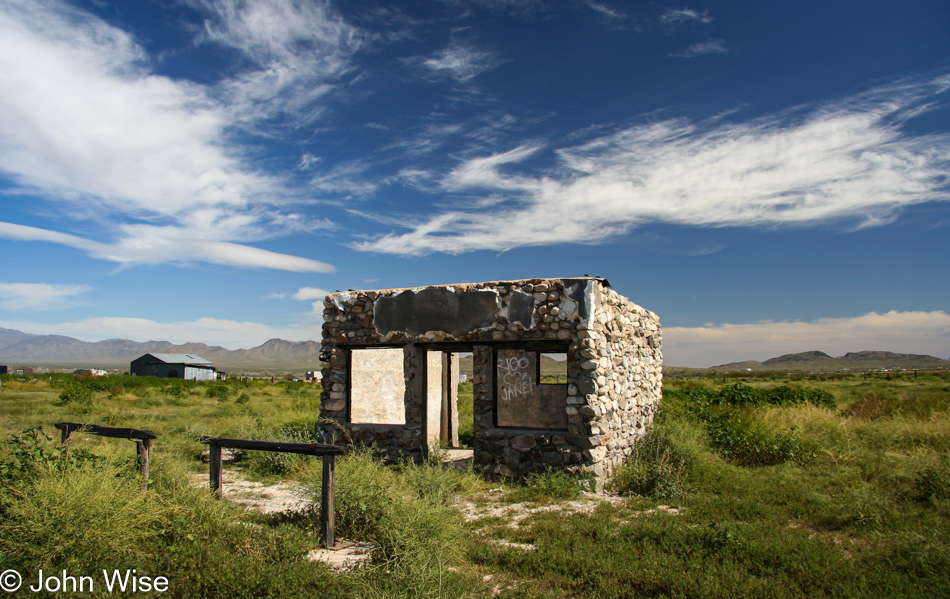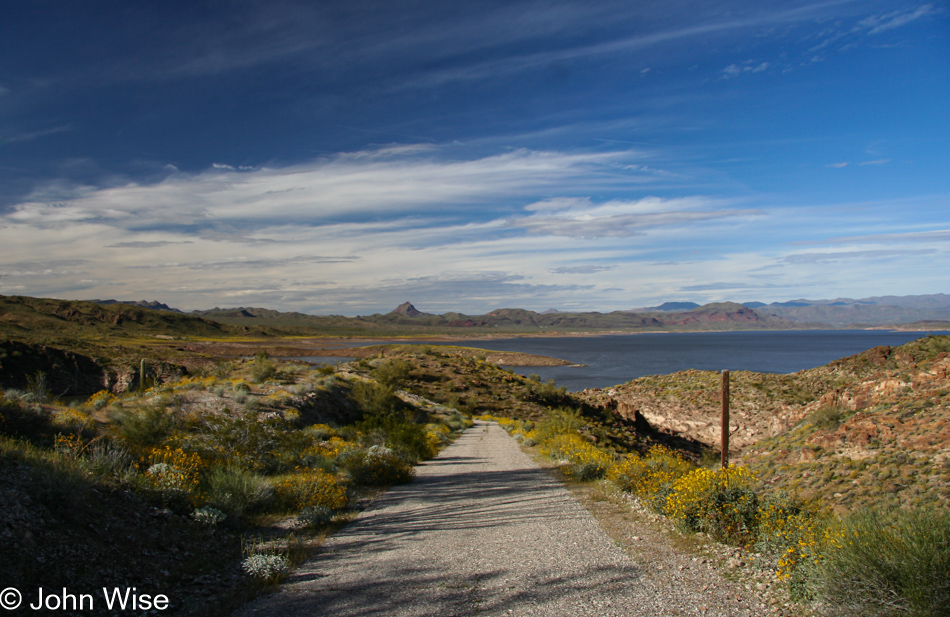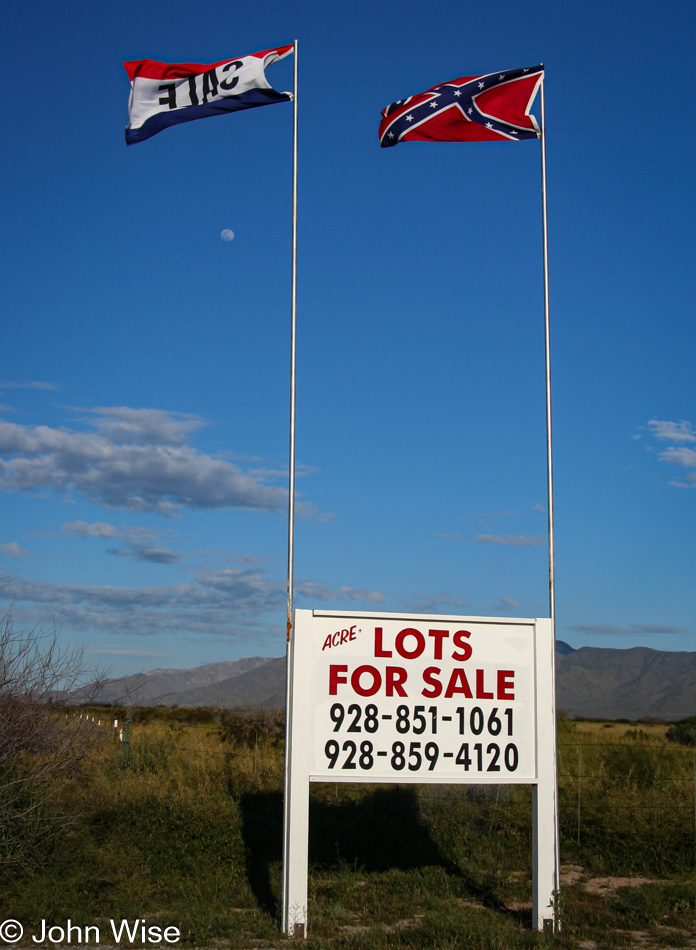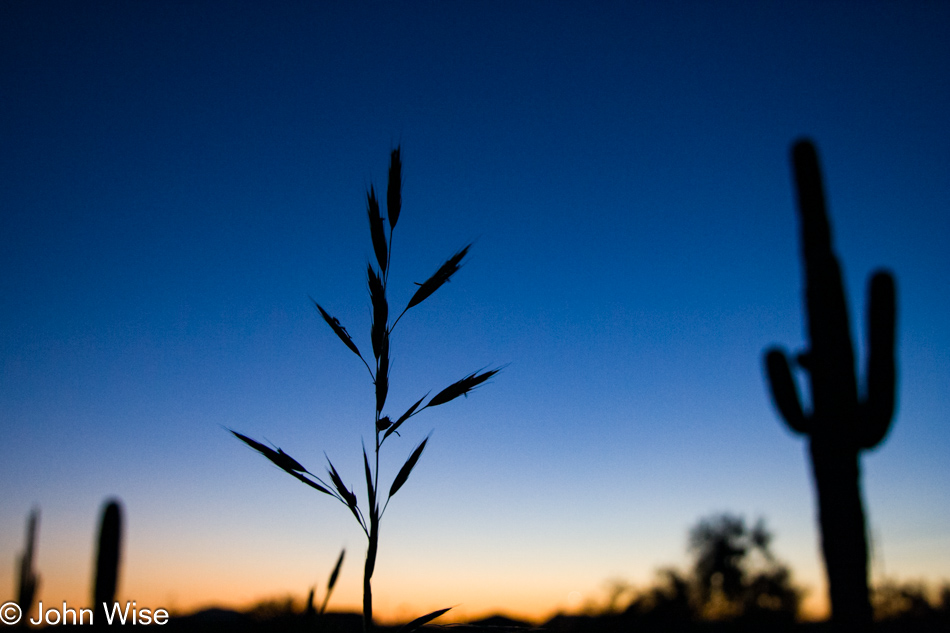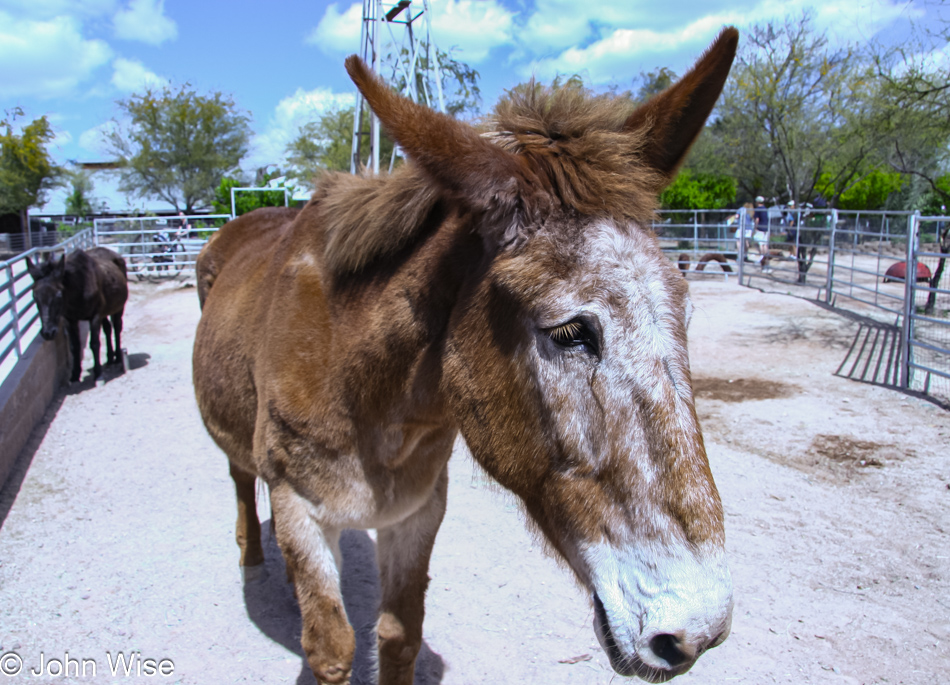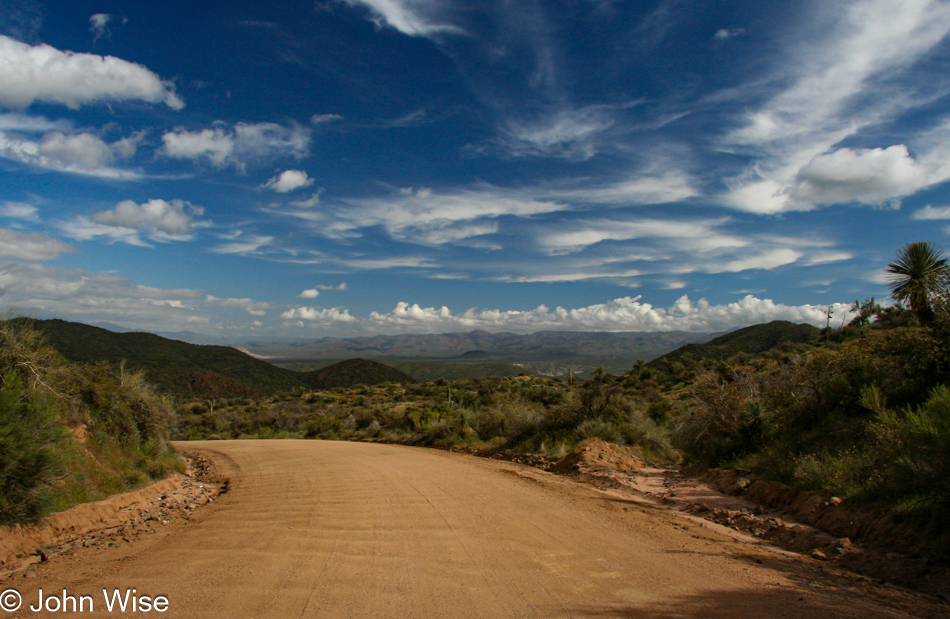
Today’s trip took me out to Cave Creek, where I thought I would visit Bartlett Lake. Instead, I took a detour and followed this 10-mile dirt road to a lake I had never visited or even heard of before.
Horseshoe Dam seemed a good choice as the weather was clear, and my hopes for a good road were high. Sometimes, going down these odd dirt roads in a Hyundai or similar small passenger car results in a U-turn as a dip, stream, ruts, mud, or some other hazard tells my more rational side that enough is enough.
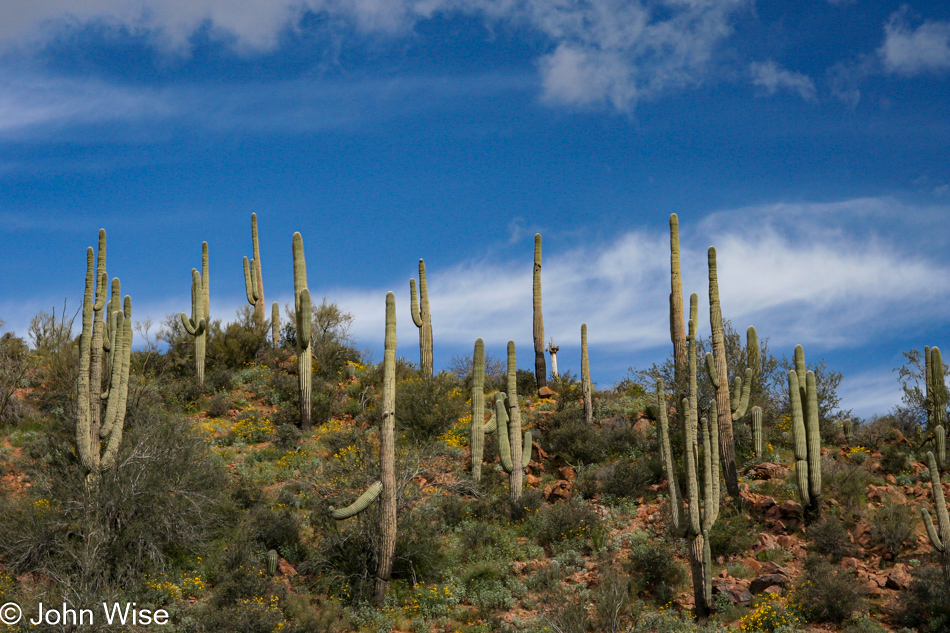
The road has its share of washboards that shake and rattle me, the car, and the contents in the trunk while the saguaro stands firm on the overlooking hillsides.
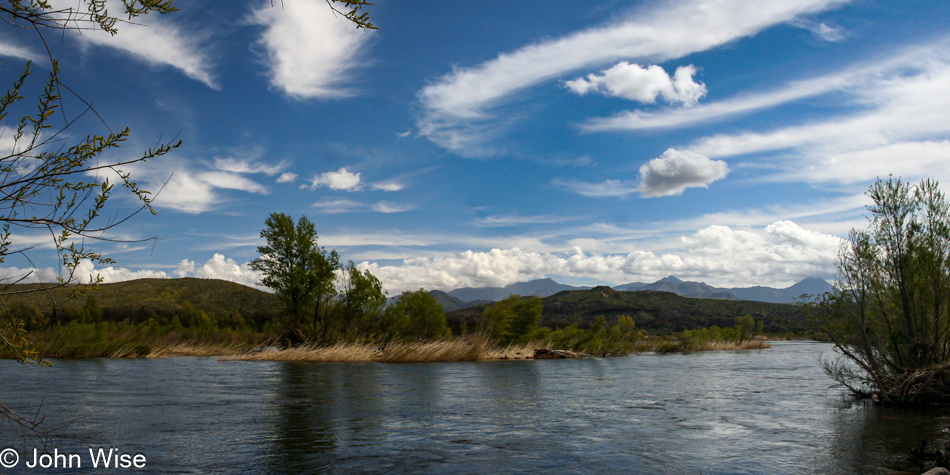
The Verde River looks to be running fast to my non-discerning glance. Actually, any stream in Arizona with this much water appears fast, as usually, our waterways are trickles of turbid muddiness evaporating before your very eyes.
Apparently, the river level has recently been much higher as across the river, grasses and plants that had been mashed down in the direction of the flowing water are still pointing downstream.
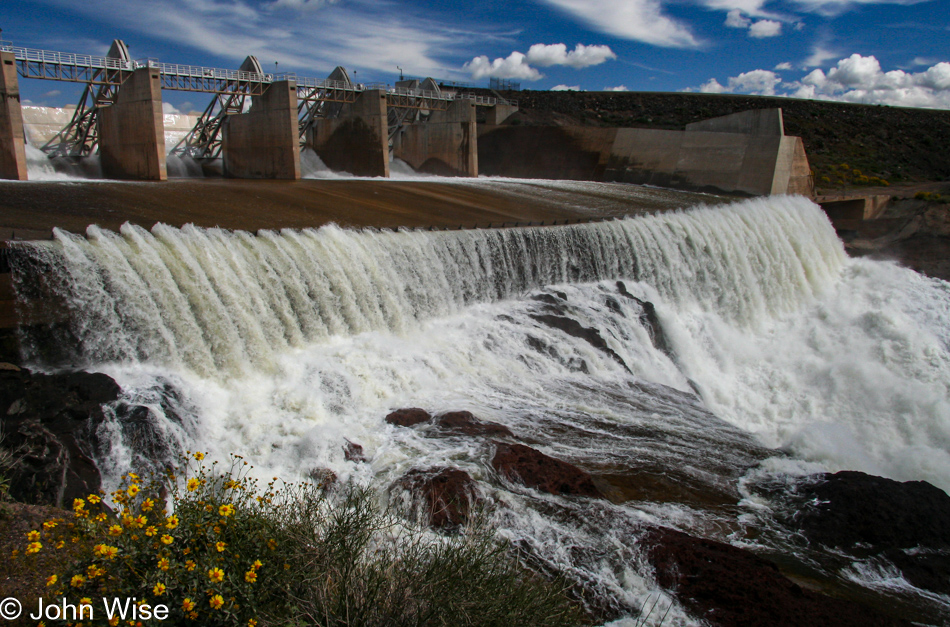
Ten miles later, after crossing only one very small shallow stream and inching by a rockslide that narrows the path up a cliffside to a single lane, I reach Horseshoe Dam.
With wildflowers and red rocks in view, a roaring rush of water exits the dam into the Verde River. At moments like these, the desert becomes an oasis under the blue skies full of fluffy white clouds. In only a couple of months, the dam’s spillway will go dry, baking under the summer sun.
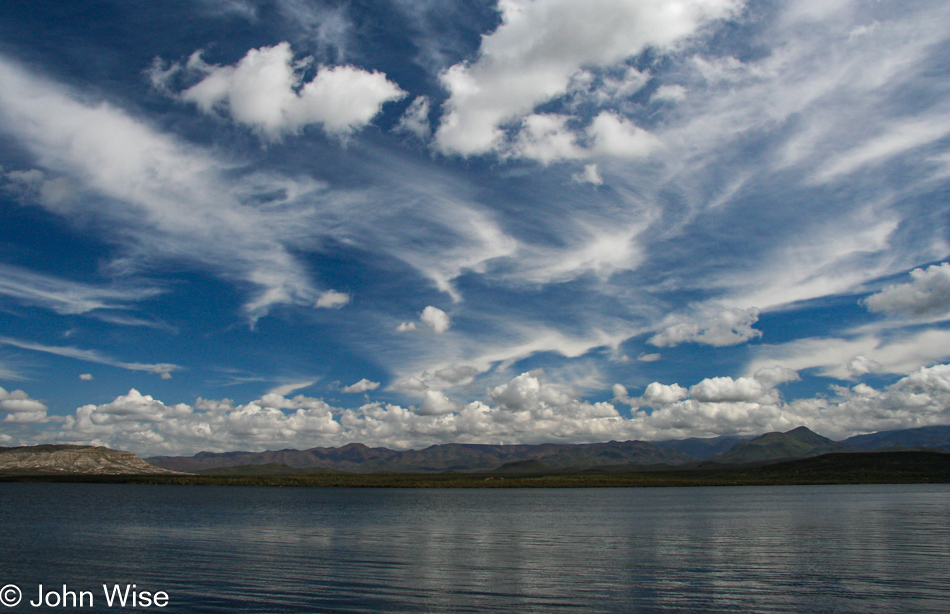
Horseshoe Reservoir is filled to 100% capacity; not another drop will fit. The boat ramp is submerged and blocked by debris that has been washed into the lake during the heavy rains. A number of campsites sit along the lakeshore, and it looks like a nice enough spot for fishing.
You may not believe it by the beautiful skies in the photos but behind me, dark clouds have been forming. Being ten miles down a dirt road with a small two-wheel-drive car, the thought of looming bad weather can make you nervous, so I make my way back to the main road. As I reach the pavement again, the sky is too overcast to continue on to Bartlett Lake, so I head into Cave Creek for some lunch.
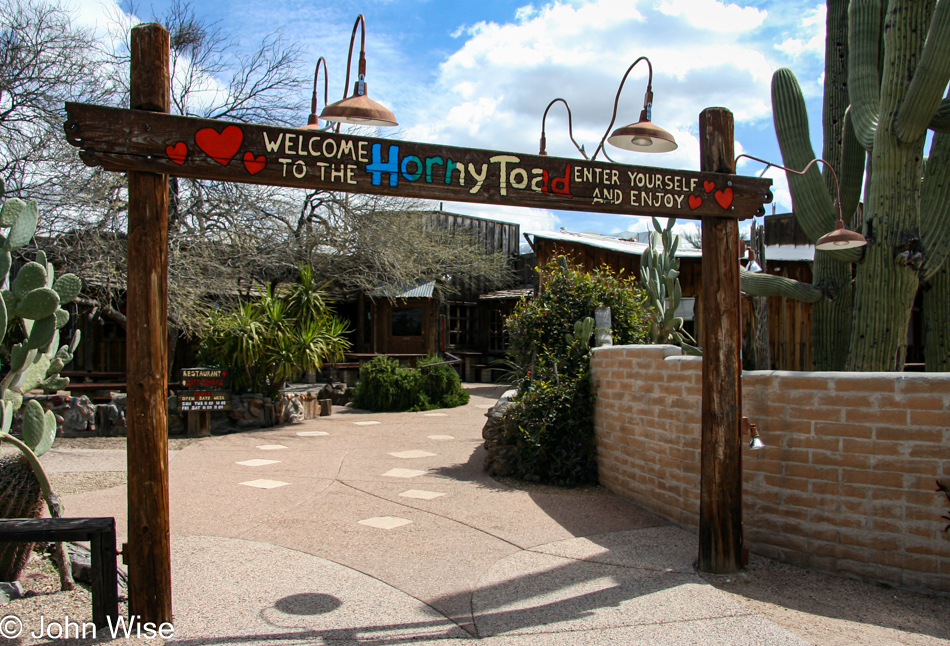
The Horny Toad Restaurant is a Cave Creek landmark with a rustic charm and a few old west visitors that look like they just left the mine after a hard day’s digging.
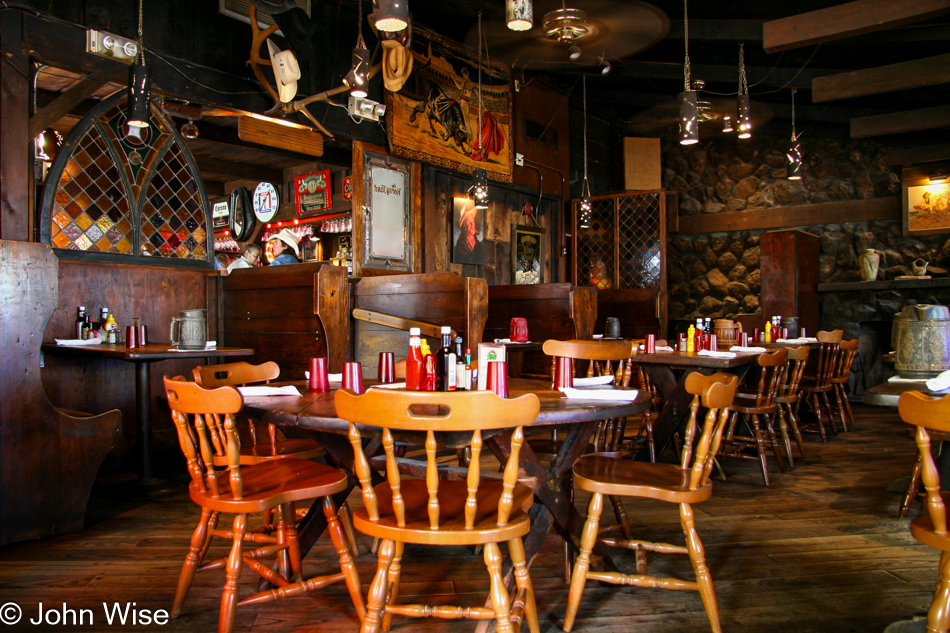
I ordered the chicken plate. I should show proper respect and call it the CHICKEN plate! This item is an entire fried chicken, two legs, two wings, two thighs, two breasts, too much, and it comes with fries and coleslaw. Will you have some dessert, sir? Hah, sure, just shove here into my shirt pocket.
